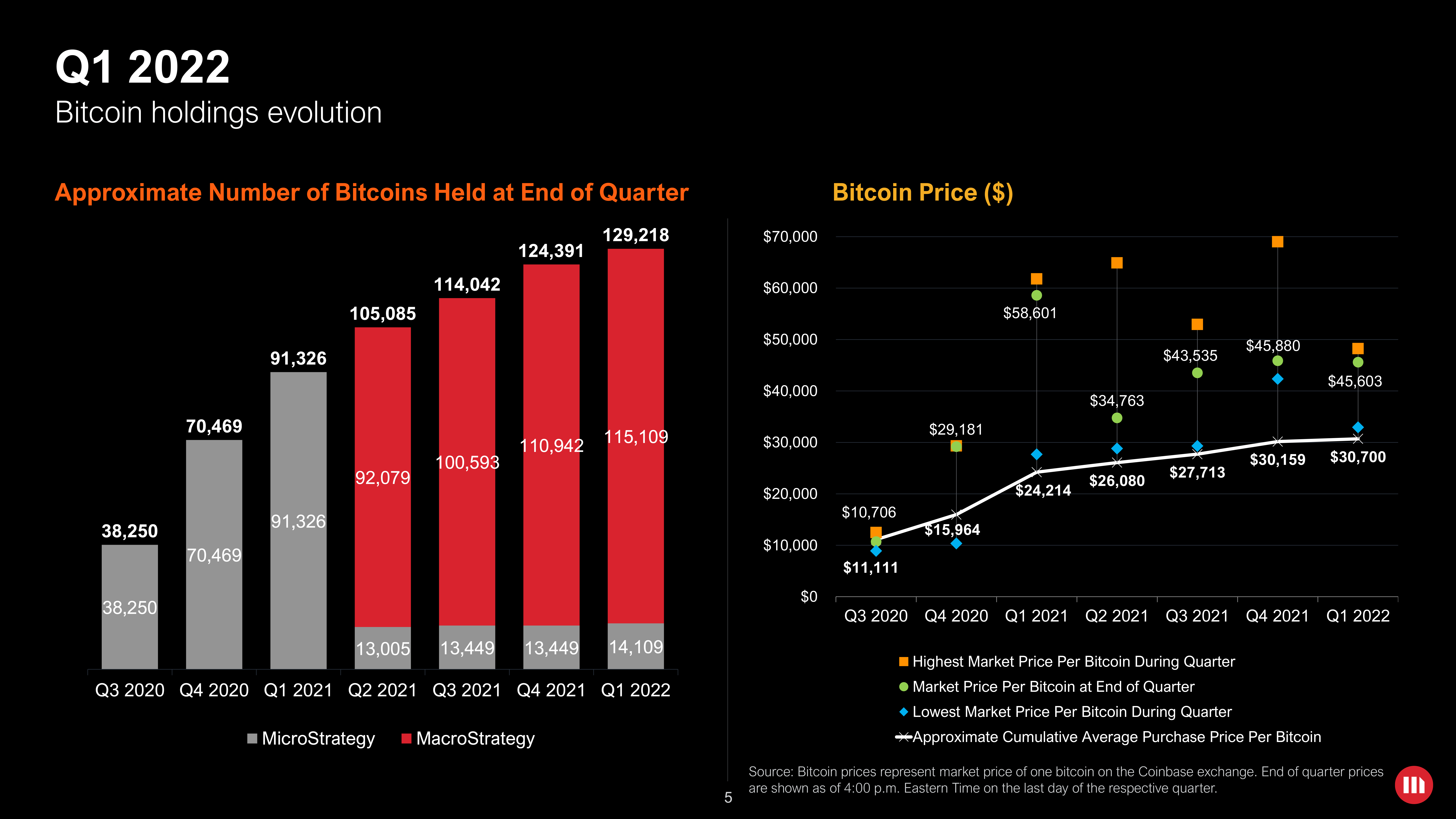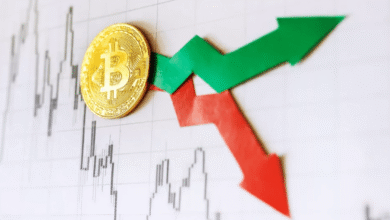
Bitcoin is Showing Signs of Preparing for a Bull Market
Bitcoin is Showing Signs: Bitcoin, the world’s leading cryptocurrency, has seen its fair share of ups and downs since its inception. However, recent market trends and technical analysis indicate that Bitcoin might be gearing up for a bull market. As more institutional investors enter the space and global economic conditions evolve, Bitcoin’s price movement is showing signs of strength. KuWish You a Merry Xmas! Predict the Rise We’ll delve into the key indicators and factors that suggest Bitcoin could be on the brink of a bull market.
1. Bitcoin’s Price Momentum
One of the most obvious signs that Bitcoin could be preparing for a bull market is its recent price momentum. Over the past few months, Bitcoin has been trading in a range, consolidating after significant price fluctuations. However, recent upward price movements suggest that Bitcoin may have found a solid support level, which could act as a springboard for a potential breakout.
Historically, Bitcoin has seen its price surge following periods of consolidation. This pattern has been observed multiple times, where Bitcoin’s price experiences a slow accumulation phase before skyrocketing to new highs. If this pattern continues, it wouldn’t be surprising to see Bitcoin make a major leap in the coming months.
2. Growing Institutional Interest
Institutional investors have become increasingly interested in Bitcoin over the past few years. Companies such as MicroStrategy, Tesla, and even financial institutions like PayPal have integrated Bitcoin into their operations, either by holding it as a reserve asset or allowing customers to transact with it.
The growing adoption of Bitcoin by institutional investors is a key indicator that Bitcoin is moving from a speculative asset to a more mainstream investment vehicle. This institutional interest not only boosts Bitcoin’s credibility but also signals that large players believe in its long-term potential, which could be a precursor to a bull market.
3. Halving Event and Historical Trends
Bitcoin operates on a fixed supply model, with a maximum of 21 million coins. Every four years, a “halving” event occurs, which cuts the reward miners receive for verifying transactions in half. This process slows down the rate at which new Bitcoins are mined, creating a supply shock.
Historically, Bitcoin’s price has tended to rise after halving events. The next halving is expected to take place in 2024, which could have a significant impact on Bitcoin’s price. If history is any guide, the reduced supply coupled with continued demand could fuel a bullish trend.
4. Global Economic Conditions
The global economic environment is another factor that could contribute to a Bitcoin bull market. In times of economic uncertainty, many investors turn to alternative assets such as gold, and in recent years, Bitcoin has increasingly been viewed as a “digital gold” hedge against inflation and currency devaluation.
With the global economy facing challenges such as inflation, rising interest rates, and potential economic slowdowns, Bitcoin’s appeal as a store of value is growing. As more people look to safeguard their wealth from traditional financial systems, Bitcoin may experience increased demand, which could drive its price higher.
5. Positive Technical Indicators
 Bitcoin’s technical charts also show signs of a potential bull market. Key indicators like moving averages, the Relative Strength Index (RSI), and the Moving Average Convergence Divergence (MACD) are signaling bullish momentum. For instance, when the 50-day moving average crosses above the 200-day moving average (a pattern known as the “golden cross”), it often signals a long-term upward trend.
Bitcoin’s technical charts also show signs of a potential bull market. Key indicators like moving averages, the Relative Strength Index (RSI), and the Moving Average Convergence Divergence (MACD) are signaling bullish momentum. For instance, when the 50-day moving average crosses above the 200-day moving average (a pattern known as the “golden cross”), it often signals a long-term upward trend.
Additionally, the RSI, which measures the strength of price movements, is currently not in the overbought zone, suggesting that Bitcoin has room to run before it becomes overly saturated. These technical indicators point to the possibility of a bullish breakout in the near future.
6. Favorable Regulatory Developments
While the cryptocurrency space has been subject to regulatory uncertainty, recent developments suggest that regulators are beginning to take a more favorable stance on Bitcoin and other digital assets. Countries like El Salvador have already adopted Bitcoin as legal tender, and many others are exploring ways to integrate cryptocurrencies into their financial systems.
Clearer regulations and more favorable legal frameworks could provide a sense of security for investors and further boost Bitcoin’s price. As governments and financial institutions begin to embrace Bitcoin, it could signal the start of a new bullish cycle.
Conclusion
While predicting the future of Bitcoin with certainty is impossible, the signs of a potential bull market are becoming increasingly apparent. Bitcoin’s price momentum, growing institutional interest, upcoming halving event, favorable global economic conditions, positive technical indicators, and supportive regulatory developments all point to the possibility of a significant rally.
However, as always with cryptocurrency, it’s essential for investors to exercise caution. The market can be volatile, and while a bull market may be on the horizon, it’s important to stay informed and consider all factors before making any investment decisions.
Whether Bitcoin is preparing for a bull market or not, one thing is clear: the cryptocurrency space is evolving rapidly, and Bitcoin remains at the forefront of this transformation. Keep an eye on the market, and be ready to seize the opportunities that may arise in the near future.
[sp_easyaccordion id=”5285″]







